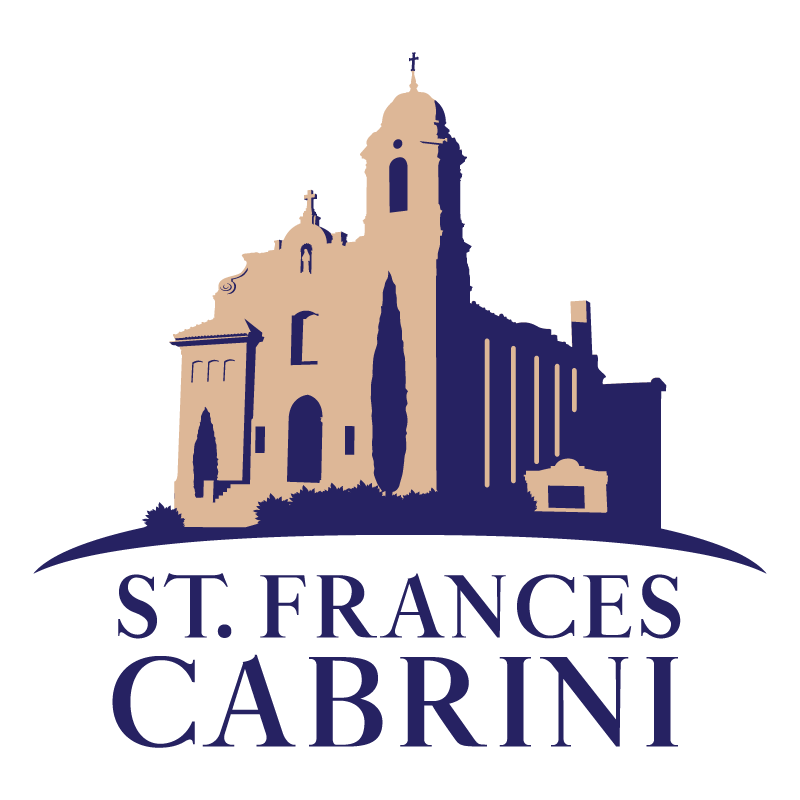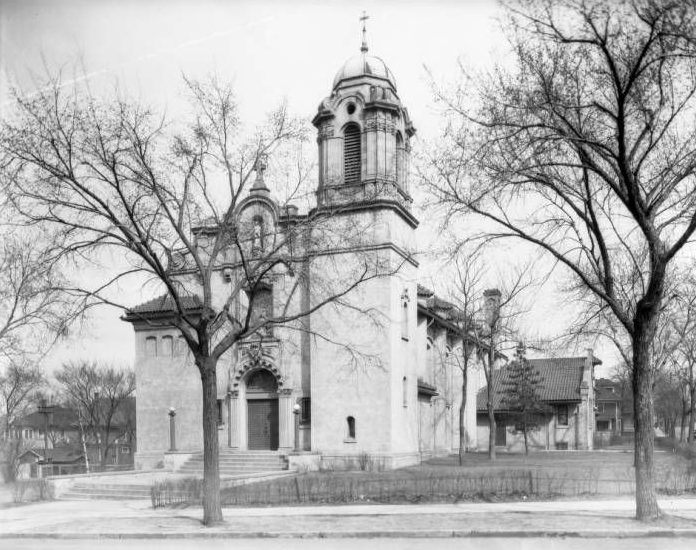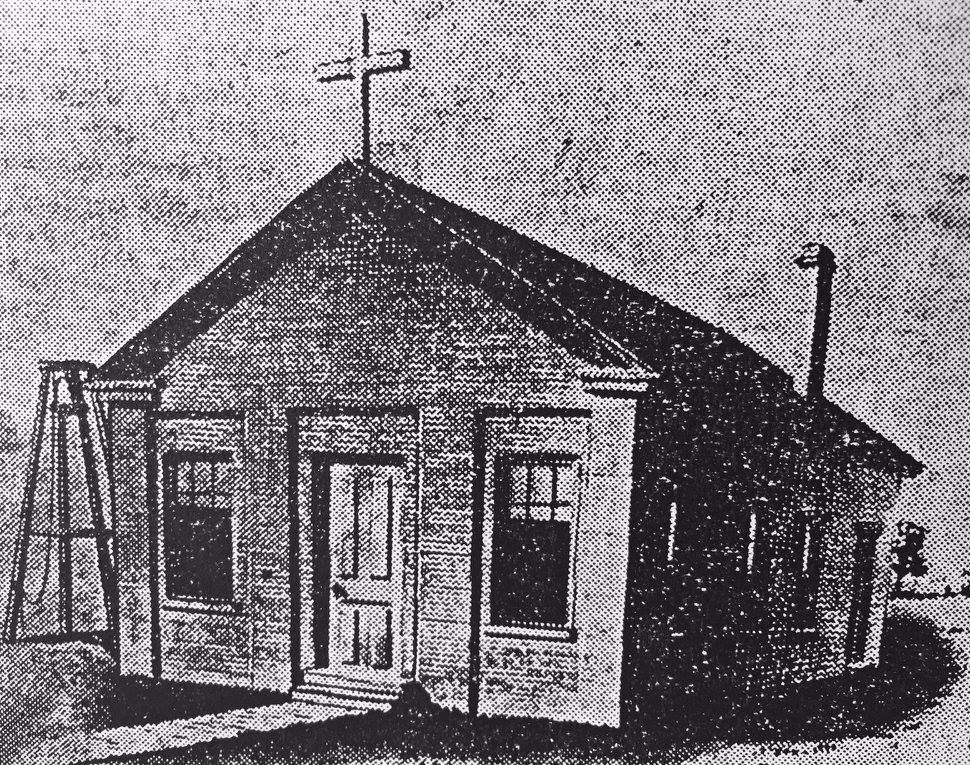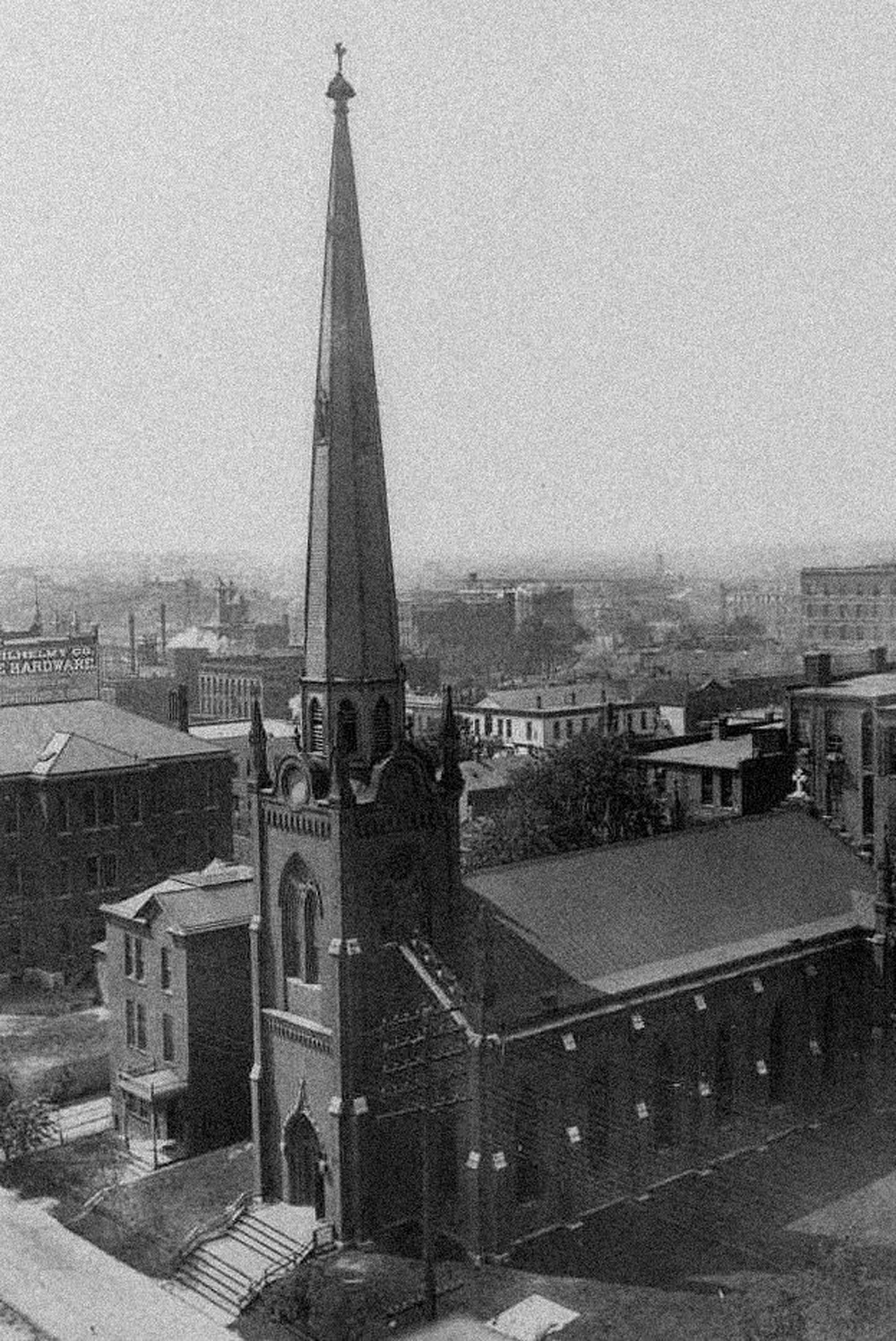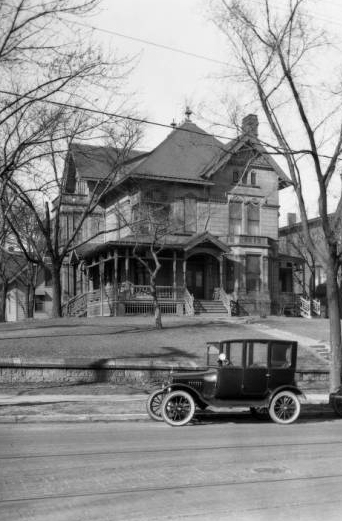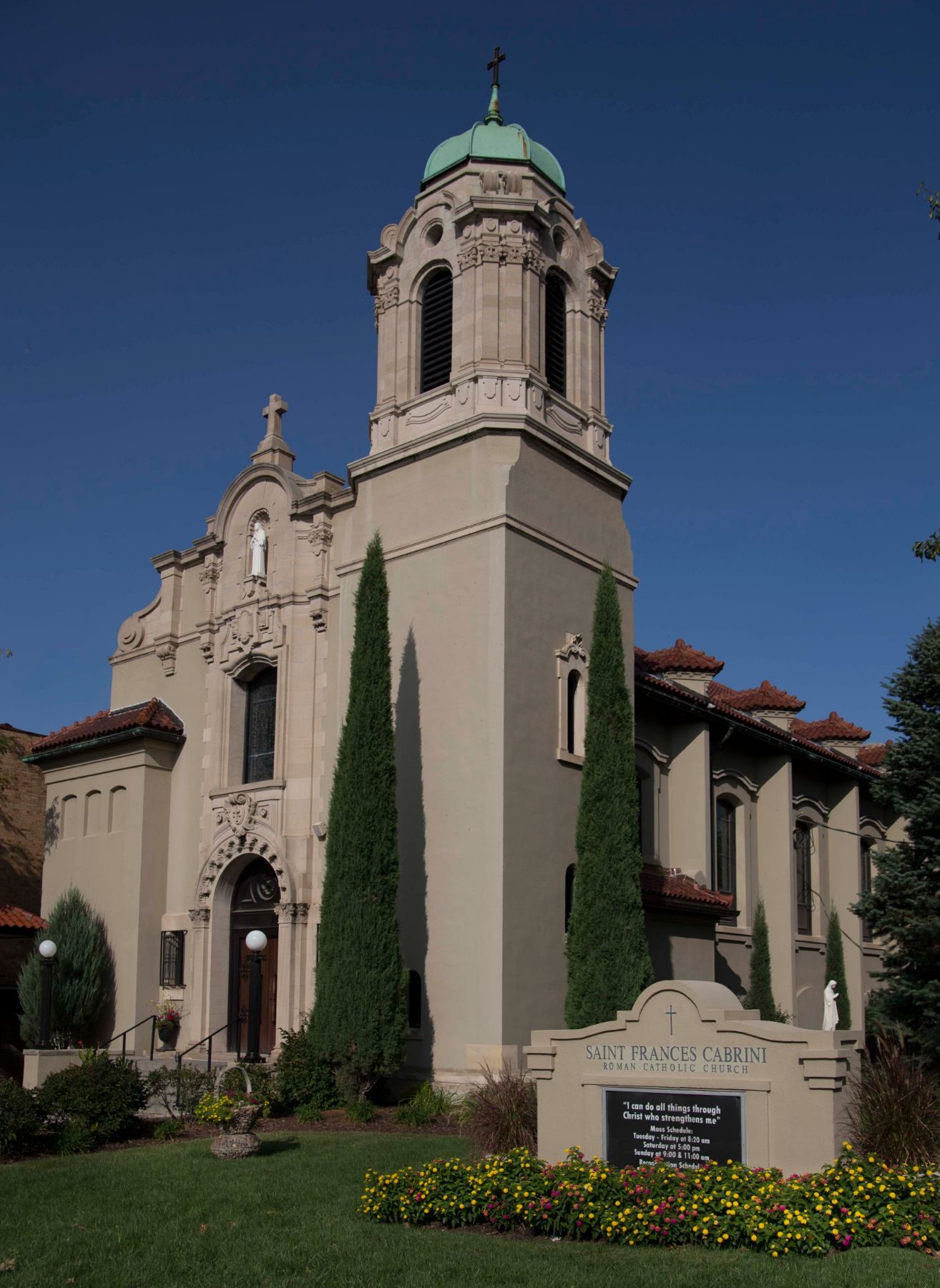The Spanish Mission style church in the heart of Omaha’s “Little Italy” neighborhood is the third home for this worshipping community. The parish history begins with St. Mary’s Church, the first Catholic Church built in Omaha in 1856. Located on the east side of 8th Street between Harney and Howard, the structure was too small from the beginning and plans began almost immediately to build a bigger church.
In 1857, with the appointment of a Bishop to oversee the region, plans began in earnest to build the first Cathedral for Omaha, St. Philomena’s, to replace St. Mary’s. That building was completed in 1868 and was located on the west side of 9th Street between Harney and Howard. The high marble altar for the original cathedral (which now graces the sanctuary wall of St. Frances Cabrini Church) was donated by Mary Creighton in 1867 for $4,900 and came from Italy. The parish also boasted about the first pipe organ in Omaha.
With the new cathedral now finished, Saint Mary’s was turned over to the Sisters of Mercy for a school and, as Holy Angels school, served the parish for many years. Land was later purchased at 24th and Saint Mary’s Avenue for one hundred fifty dollars for the Sisters, and thereupon Saint Mary’s convent an all-girls school was erected. Saint Mary’s Avenue received its name from this event in history.
The structure itself was a three-story brick building, one of the few brick buildings in Omaha at the time, and cost a reputed ten thousand dollars. The Catholics of Omaha, in order to help finance the new convent, initiated another first for raising money in the Catholic church – the church festival. The festival of 1864 raised almost one thousand dollars.
During the next 40 years, the area around old St. Philomena’s would become a center of warehouses and industry, so much so that it was decided by the diocese in 1901 to build a new cathedral to the west on 40th Street and a new parish church to serve the local community to the south at the corner of 10th and William. The block on which sat the church, school and rectory was purchased by John Deere and Company for a major warehouse which became a part of the famed “Jobbers Canyon”. The area is now the large green lawn north of Embassy Suites Hotel.
St. Frances Cabrini
St. Mary’s Church, the first Catholic Church built in Omaha in 1856
St. Philomena’s Cathedral, completed in 1868.
Christ Child Society 1925
The two new structures would both be designed by nationally recognized Omaha architect Thomas Rogers Kimball. The smaller building, carrying on the name St. Philomena’s, was completed in 1908. The church at 10th and William is an important early example of the Spanish Colonial Revival Style which reached its zenith in American architecture between 1915 and 1940. The larger building, St. Cecilia’s, would not be in use until 1917, so the new building at St. Philomena’s would occasionally host diocesan events. Kimball based his design for both buildings on the historical building styles which Spain had brought to the Valley of Mexico and then to the remote missions of the Pacific coast in the 17th and 18th centuries.
The four large bells, cast in Troy, New York in 1873, which rang over downtown Omaha for 40 years, were moved to the new St. Philomena’s as well as the 1869 Johnson & Son pipe organ, the first in Omaha if not the State of Nebraska. Most of the statues and art work in the present sanctuary came from the original church.
The neighborhood surrounding the new St. Philomena’s was initially populated by Irish immigrants as is evident in donor names in the oldest stained-glass windows. The Irish families later moved further west and south to St. Patrick’s Church and the neighborhood surrounding Philomena’s became home to new Italian and Czech immigrant families.
Many of the Italian immigrants came from Carlentini and Lentini, Sicily. They brought with them a devotion to St. Lucy. In the early 1920’s, the community commissioned a statue of Santa Lucia which was similar to the one at the church in Carlentini and began a yearly festival. The statue has been displayed at the parish ever since. A few years after the arrival of the statue, the Santa Lucia Festival Committee purchased an old fire station on 7th and Pierce streets to hold meetings and house other artifacts.
The Christ Child Society Chapter of Omaha, Nebraska was officially founded and chartered in 1906 and was incorporated in 1919. The Chapter began when in the early 1900’s, Stella Hamilton, who later became Stella Stapleton, visited Washington, DC and met Mary Virginia Merrick. She returned to Omaha aflame with a commitment to human service. At that time, she enlisted the help of Rev. Mother Mary Hoban, RSCJ and with the permission and support of Bishop Richard Scannell, she organized a Chapter. Their work led them to buy a house across the street from the church and begin providing religious formation and after school activities for the immigrant children in the neighborhood. Between the 1930’s and 1980’s the Omaha chapter of Christ Child was one of the most active in the nation providing numerous activities for children. Christ Child built a new facility in 1968, on the site across from the church, which housed an indoor swimming pool, gym, classrooms and an apartment for Mary Flannigan who coordinated the activity center.
The community living near 10th and William had been sending their children to neighboring Catholic Schools but desired their own. In 1955, sufficient land and money had been obtained to build a new Catholic school. That school thrived until the 1980’s when changing demographics forced the schools southeast of downtown Omaha to work together. Initially, the students were spread out in buildings at Immaculate Conception, St. Patrick’s and St. Frances Cabrini. Later they were consolidated into the building at St. Frances Cabrini which was renamed All Saints. This consolidated school was sponsored by St. Peter’s, St. Ann’s, St Patrick’s, St. Joseph’s, Immaculate Conception and St. Frances Cabrini. As parish closures made support more difficult, the Archdiocese asked CUES to assume responsibility for the school in 2013.
The parish experienced a name change on May 23rd, 1961. With St. Philomena being removed from the calendar of saints, the church was renamed to honor the first American citizen to be canonized, Frances Xavier Cabrini. The building was named an Omaha Landmark in 1979, and it was added to the National Register in 1980.
The stain glass windows in the main body of the church were moved from the old St. Joseph Hospital Chapel in the 1980’s to replace the original Kimball designed windows. Original church windows remain in the choir loft and in the sanctuary, as well as the sacristy, reconciliation room and stairwells. The windows in the main body of the church were created in the 1880’s in Germany. They depict moments in the healing ministry of Jesus, key disciples and examples of women who were strong ministerial leaders.
The parish has continued to ebb and flow over the years with the changing neighborhoods in the Old Market, Little Italy and Little Bohemia. The parish gained parishioners when St. Wenceslaus Parish moved to west Omaha. It also gained parishioners when St. Ann’s and St. Rose were merged into neighboring parishes.
The parish has always had a close relationship with St. Joseph’s Parish on 16th and Center. That parish served the German community for many years and now serves primarily immigrants from Mexico and Latin America.
St. Frances Cabrini Church, present day
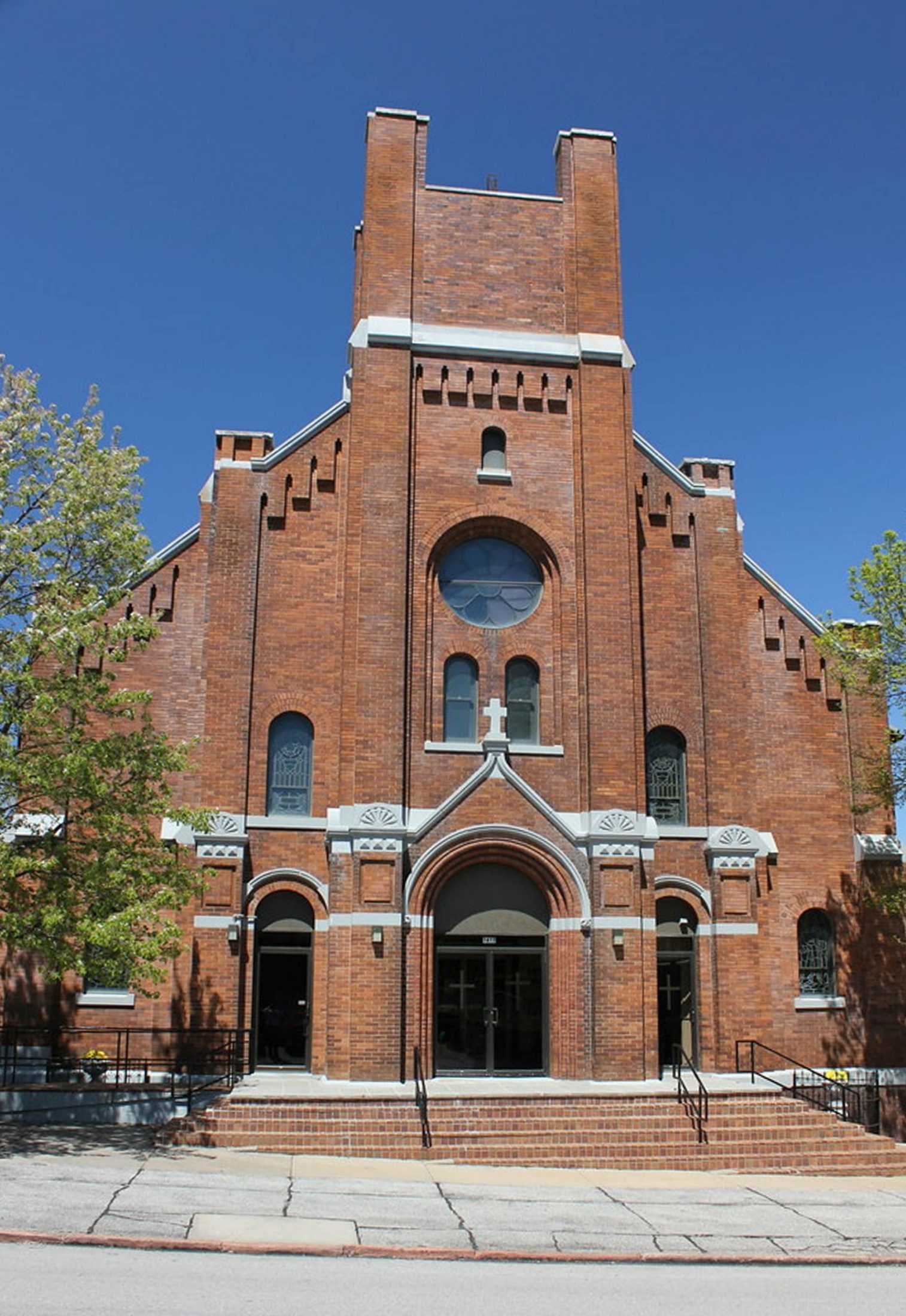
St. Patrick’s Church 2015
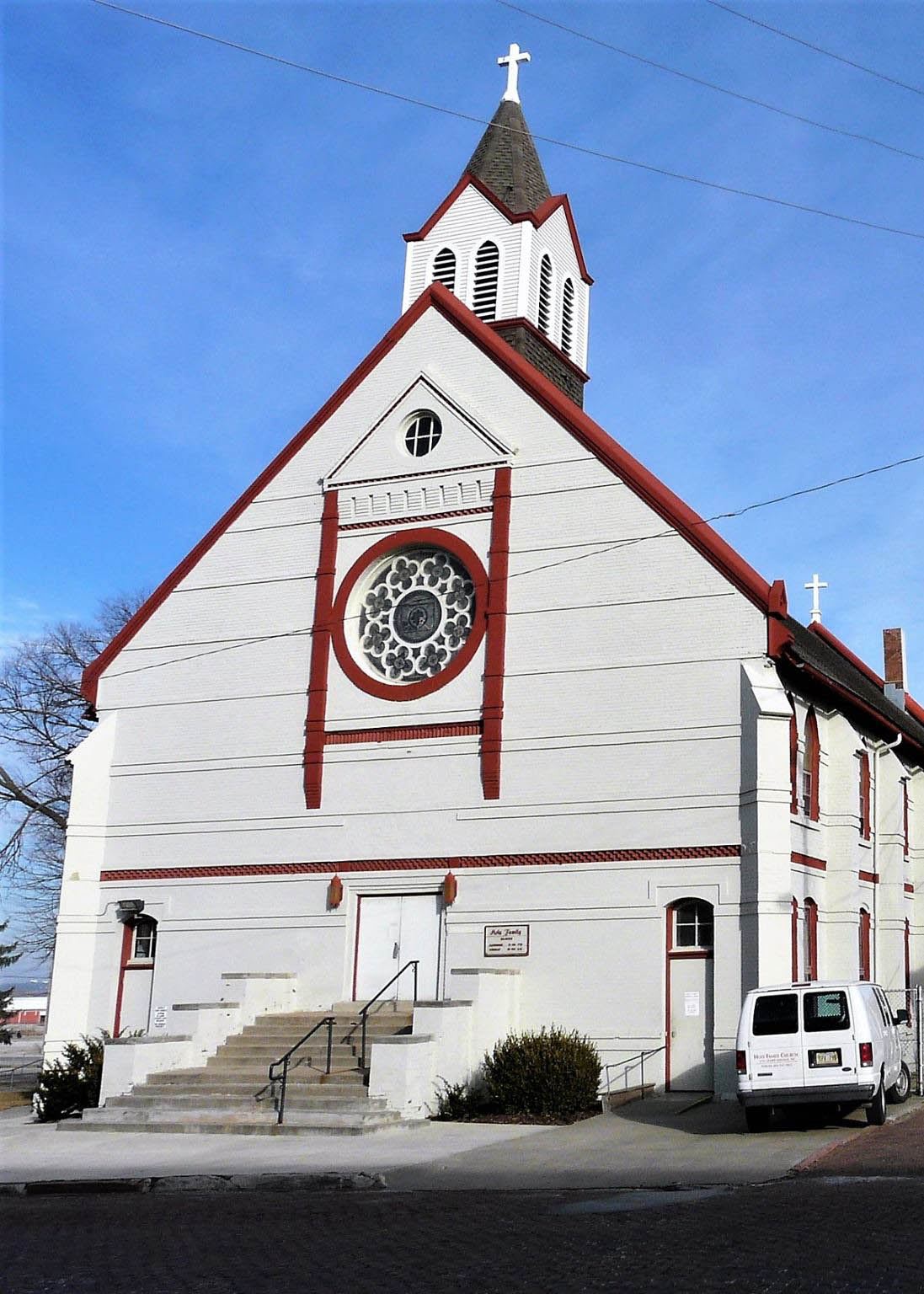
Holy Family Church 2017
The Archdiocese of Omaha engaged in strategic planning for future parish ministry in 2010 and again in 2019. This had the result of the parishes of St. Patrick’s and Holy Family being amalgamated with St. Frances Cabrini. The parish boundaries now stretch from Grace Street in the north to Interstate 80 in the south with 16th Street on the west through downtown Omaha and 24th Street on the west further south. The eastern boundary remains the Missouri River. Another way to view the boundaries is to think that it runs from the TD Ameritrade Ball Park to the Zoo.
The parish buildings that had served St. Patrick’s were turned over to other use. The convent was given to Bethlehem House, which provides housing for pregnant mothers. The church and school buildings were torn down to make way for low-income housing. The church buildings used by Holy Family are in a long-term lease with the St. Vincent de Paul Society of Omaha. They continue to provide services to the poor and under-privileged in the neighborhood as Holy Family Parish had done for decades.
Catholic Charities decided to stop operation of the Christ Child ministries in 2015 and put the building at 10th and William up for sale. St. Frances Cabrini Parish was able to arrange for a reasonable price from Catholic Charities and purchased the building in 2016. It now provides space for offices, meeting rooms, a pre-school, kindergarten, and before and after school activities. The parish has dreams of converting the former swimming pool into a large space for meetings, receptions and funeral lunches.
The Covid-19 Pandemic of 2020 brought new developments to the parish in the form of Masses, services, and programs being broadcast online so that parishioners could keep in contact with the parish and continue to grow in their relationship with God. In spite of the challenges brought about by social distancing and isolation, the parish continued to grow.
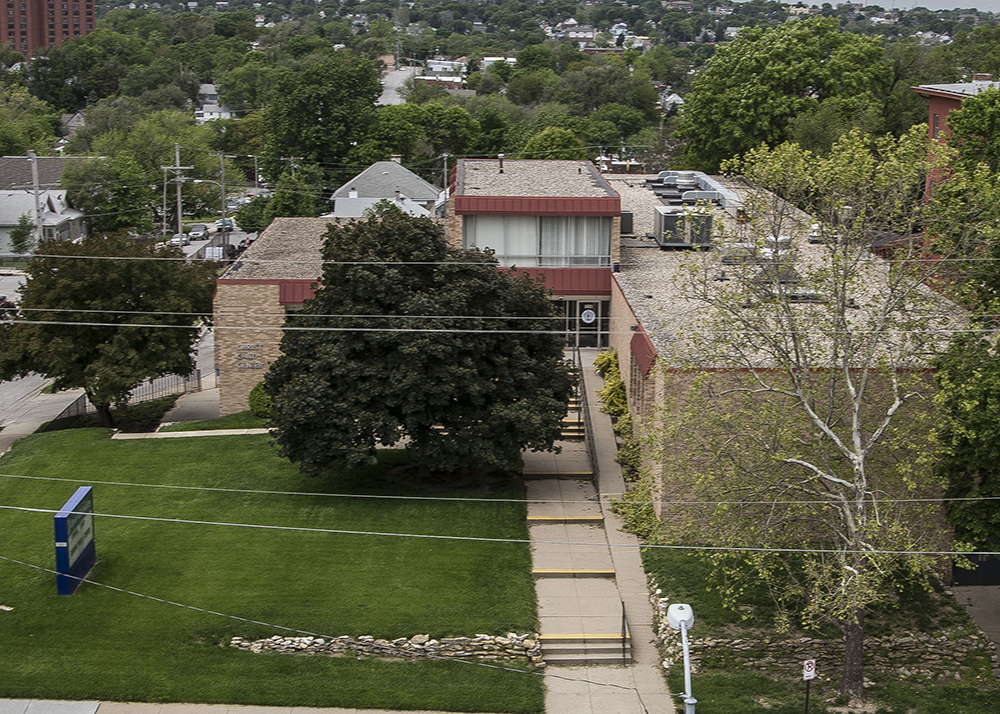
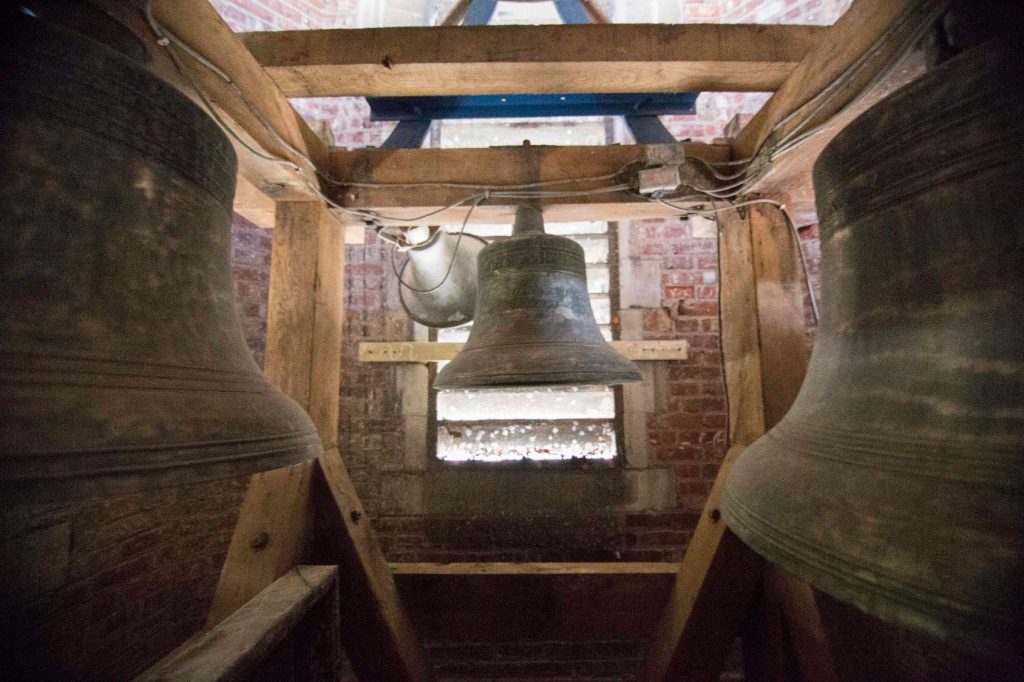
The Bells at St. Frances Cabrini
Learn about the restoration of the bells.


